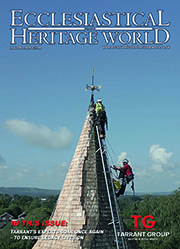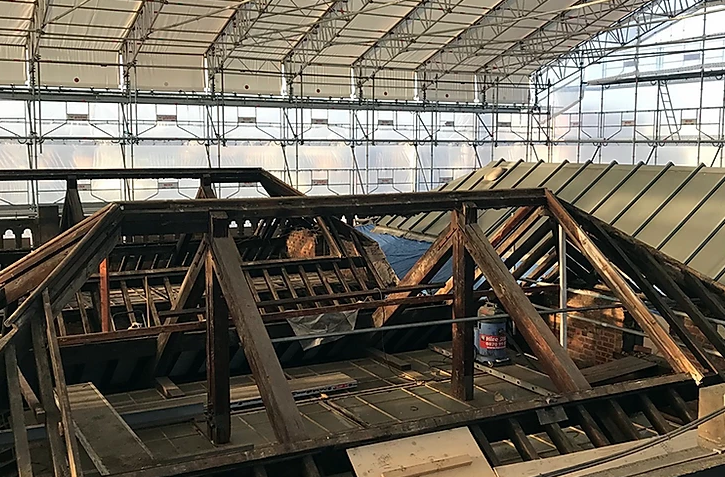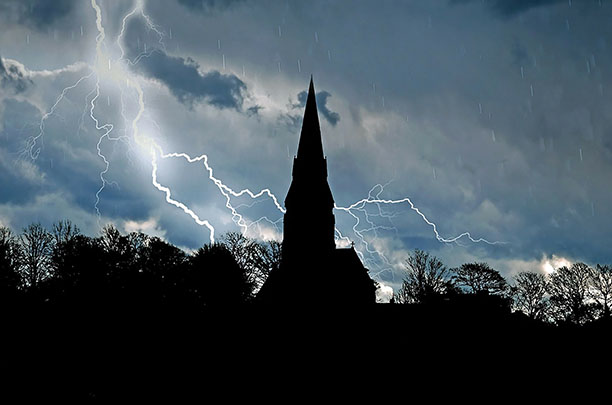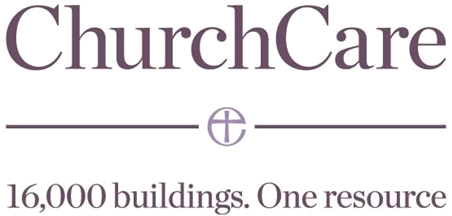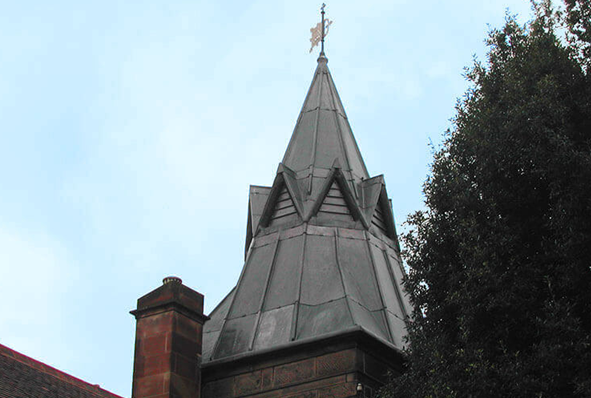Heritage Roofing
Heritage roofing - maintaining our iconic buildings
The UK is home to some of the most iconic buildings in the world, from stunning churches and cathedrals to historic stately homes. Each and every one of these remarkable feats of architecture requires regular maintenance to ensure they remain in the very best condition, allowing them to be enjoyed for generations.
Lightning Protection
When lightning strikes are you protected against this act of God?
The issue of lightning protection in churches is one that has exercised this publication for many years. In this four-part series of spotlights on the issue we will be revisiting various aspects of the subject, beginning with an overview of current thinking.
Traditional Lime
Lime: it’s better for buildings – and for the environment
It is now fairly well known that cement is not good for old buildings and that lime mortar should be used. But why? What are the advantages and what are the disadvantages? In order to begin to answer those questions it is necessary to understand the nature of traditional building, the process by which buildings used to be built, and how it differs from modern construction, the process by which we build today.
Audio Visual
Audio visual equipment in church buildings
This guidance is issued by the Church Buildings Council under section 55(1)(d) of the Dioceses, Mission and Pastoral Measure 2007. As it is statutory guidance, it must be considered with great care. The standards of good practice set out in the guidance should not be departed from unless the departure is justified by reasons that are spelled out clearly, logically and convincingly.
Read More...
CRE Events
Churches are coming under starter’s orders for CRE 25
Churches across the nation are beginning to make preparations for their visit to Christian Resources Exhibition’s CRE 25.
Insurance
You need to ensure that reasonable precautions are in place at your church to keep it safe for those who use it. To do this, you need to think about what might cause harm to people.
You will then need to decide if the precautions already in place are adequate. If they are not, you may need to identify further action to prevent any danger. When done formally, this is known as a risk assessment.
LPOW Grants
£23 million government package to support restoration of thousands of listed places of worship
Heritage Minister Sir Chris Bryant has announced that the Listed Places of Worship Grant Scheme will be extended into the next financial year, providing £23 million so that thousands of historical buildings, including churches, synagogues, mosques and temples, can carry out restoration work.
Lead Roofing
Lead is one of the oldest materials in the roofing industry and is still commonly used throughout the world today.
Lead roofing is a traditional roofing method which has been used in the industry for hundreds of years, and is therefore proven to be extremely reliable. Lead roofing, and sand-cast lead, in particular is ideal for old buildings such as churches or historical renovations, whereas milled lead roofing is a mass-produced alternative, used for precision and accuracy in homes and commercial buildings alike.
Home
SUPPORTING LEEDS CATHEDRAL RESTORATION
Cathedral Architect
My relationship with, and affection for the Cathedral Church of St Anne at Leeds began in 1988 as a young architect and assistant to Donald Buttress, producing detailed plans, sections and elevations of the building based on the original Eastwood drawings. Unbeknown to me at the time, these drawings were to form the basis of our ongoing work over the next twenty years.
The production of the drawings and the survey works carried out during the process provided me with the opportunity to study the building in intimate detail, to discover little nuances of the original design and some of the lesser known and delightful carved details Eastwood uses in masonry and joinery not immediately visible due to the poor lighting and dirt engrained stonework. Twenty years later, I still find surprises and delight in the building. I am indebted to Mgr Peter McGuire, who as Administrator of the Cathedral in the late 1980's and 1990's was of great assistance and support during the restoration of the external fabric of the building.
The cathedral is a splendid example of the English Arts and Crafts movement that was at its peak around the turn of the twentieth century and which produced a very rich and original body of work that is becoming increasingly admired and studied. Having chosen the Arts and Craft movement as the subject of my dissertation at university, I could not think of a more fitting building to have worked on since qualifying as an architect. Although little is known about the work of Eastwood and his professional relationship with Greenslade, the two designers of the present building, the results of their collaboration at Leeds is a wonderful testament to their artistic skill, commitment and faith.


As with all buildings that survive the test of time, they have to be able to adapt and change to meet the demands of modern life. The cathedral is no different, and in its first hundred years of life has been progressively altered and re-ordered to meet the needs of a changing liturgy, city centre congregation and latterly, the requirements of Vatican II. This has resulted in some fairly significant changes to the interior and the loss of much of the original decoration particularly in the Sanctuary and Blessed Sacrament Chapel as well as many of the original fittings and furnishings elsewhere in the building.
The new reordering and restoration of the interior has been painstakingly designed and produced by a large team of people under the close direction of Bishop Arthur Roche and assisted by Canon Michael McCreadie, Fr. Martin Kelly and the Diocesan Property Administrator, David Damant. Again, I am indebted to them for their patience, guidance and support during the process. Additional useful advice has come via the members of the Art, Architecture and Heritage Committee and the Historic Churches Committee in the Diocese of Leeds.
We were charged with the task of creating a dignified place of worship worthy of the Mother Church of the diocese and to restore the original Eastwood interior details where possible. All new work was to compliment the existing character of the cathedral and to form a unified whole when complete.
The design focuses around the relocated Sanctuary with the new Altar at its centre, and at the very heart of the church, directly visible by as many worshipers as possible, with the new Ambo and Cathedra close by and clearly forming part of the liturgical grouping.
Each of the new elements has been designed using a simple vocabulary of stone and oak, the same materials used in the construction of the cathedral, with each piece detailed to embody appropriate symbolism and using some of the principal detailing adopted by Eastwood elsewhere in the building but with a contemporary character reflecting the age in which the items were produced and the needs of the modern liturgy.
From seeing the building in its stripped-out form, with no floors, lighting, Altar or life, we have watched the gradual transformation take place. The cleaning and repair of all the stonework transformed the quality of natural light in the building. The archaeology to discover the original decorative schemes for the ceilings has allowed them to be reinstated. The introduction of a York stone floor as originally intended by Eastwood along with an under-floor heating system means the building is free of the plethora of pipes and radiators and will result in a comfortable place to worship all year round. The gilding of the Greenslade reredos has been restored to its original splendour. The lighting has been upgraded to complement the liturgy and to accentuate the architecture of the building. New confessionals that allow both the traditional form and face-to-face confession have been created.
New purpose-designed oak pews have been installed in the nave and transepts. Relocation of the choir to the east end of the cathedral has allowed us to retain the seating capacity in the cathedral despite the projection of the new sanctuary into the nave. The font has been repositioned onto the main axis of the cathedral and the new baptistery created around it at the west end. Finally and most importantly, the new Altar, Ambo and Cathedra have been installed in the Sanctuary. We now await the dedication of the new Altar when the project that was originally discussed as a concept over twenty years ago will be complete. The building will once again, become the centre of worship and devotion in the Diocese of Leeds.
Richard Williams.
BA(Hons). B.Arch. RIBA







